Search
Summary
Loading AI-generated summary based on World History Encyclopedia articles ...
Answers are generated by Perplexity AI drawing on articles from World History Encyclopedia. Please remember that artificial intelligence can make mistakes. For more detailed information, please read the source articles
Search Results

Image
Neolithic Clay Altar Figurine of a Mother Goddess
Neolithic clay altar figurine of a mother goddess from Tumba Madzari, North Macedonia, the second half of the 6th millennium BCE. Archaeological Museum of the Republic of Macedonia, Skopje. Tumba Madzari (lit. hill of the tomb...
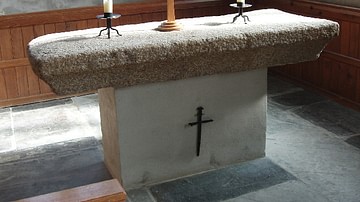
Image
Pre-Reformation Church Altar
A church altar from Jacobstow Church, Cornwall, England. During the English Reformation and reign of Edward VI of England (r. 1547-53 CE), the altar, like many others, was removed to be replaced by a communion table.
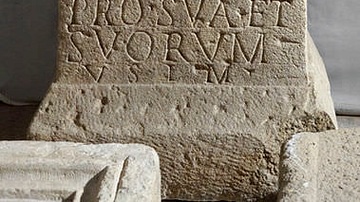
Image
Dacian Altar Piece
This is an ancient Roman altar piece — in votive style — to Publius Aelius Marcianus, who was of the decurial order and a holder of higher local offices in Napoca (a city in Roman Dacia). Today, Napoca is Cluj-Napoca, Romania. This lovely...
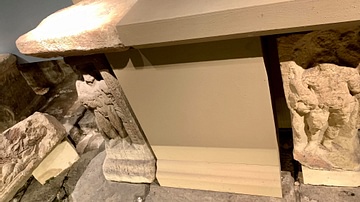
Image
Roman Sacrificial Altar - Bath
The sacrificial altar standing in the Temple Courtyard in Aquae Sulis (Bath). The altar was used for public ceremonies and animal sacrifices during the Roman period (1st - early 5th century CE). Carvings of Jupiter, Apollo, and other Roman...
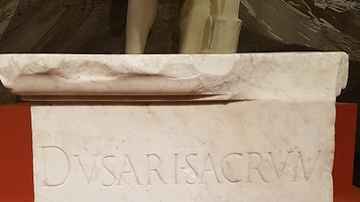
Image
Marble Altar Sacred to Dushares Puteoli
Marble altar sacred to Dushares Puteoli. 1st century CE. Museo dei Campo Flegrei, (National Maritime Museum, Sydney Australia). A beautiful piece of Italian Carrrara marble fashioned into an altar to Dushares, a god of the Nabateans from...
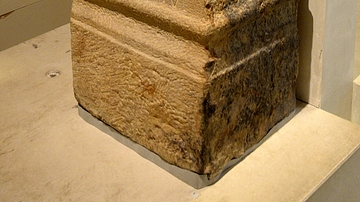
Image
Roman Altar to Jupiter, Newstead
In ancient Scotland, the Romans put up altars inscribed with the names of their gods. An alter was a public sign of a worshiper's beliefs. On each altar, the names of the god and the donor were recorded. Offerings were made on the hollow...
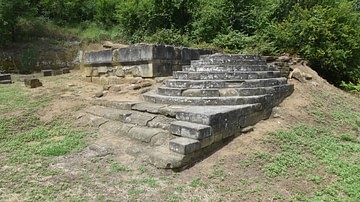
Image
Ceremonial Twelve-Stepped Altar at Vani in Colchis
Ceremonial twelve-stepped altar from the last phase of activity at the Colchian settlement of Vani (250-50 BCE). The altar is composed of a platform and an adjoining staircase made of six rectangular and six semicircular steps. Such altars...
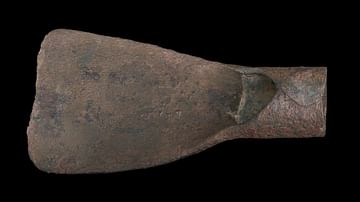
Article
The Song of the Hoe
The Song of the Hoe is a Sumerian praise poem celebrating the hoe for its many uses and linking it to the creation of the world by the great god Enlil. As the economy of Mesopotamia was almost entirely based on agriculture, it is not surprising...

Image
Roman Sacrificial Altar
A marble sacrificial altar dedicated to the Roman gods Mars and Venus, c. 124 CE. Later used as a pedestal for a statue of the god Silvanus. The carvings tell of the founding of Rome with the figures of Romulus and Remus, their adoptive shepherd...
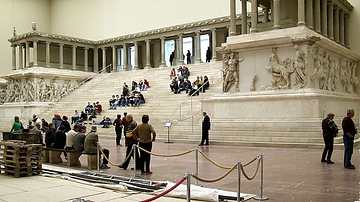
Image
Reconstruction of the Pergamon Altar
Reconstruction of the Pergamon Altar displayed at the Pergamon Museum in Berlin.